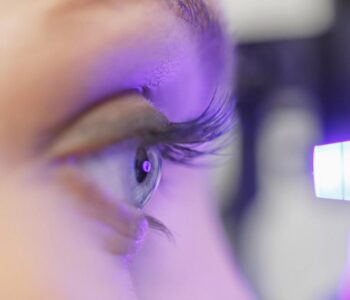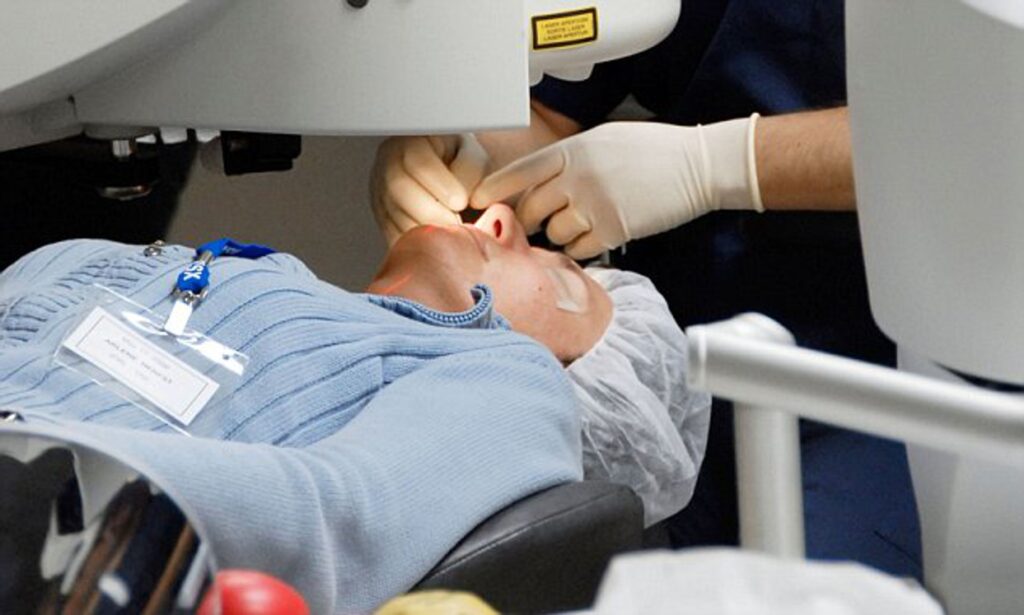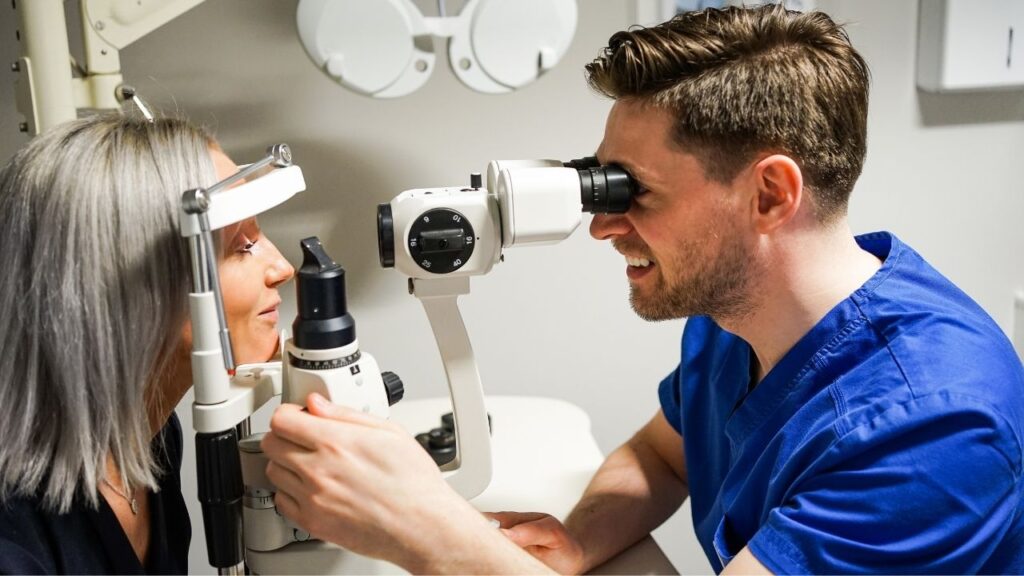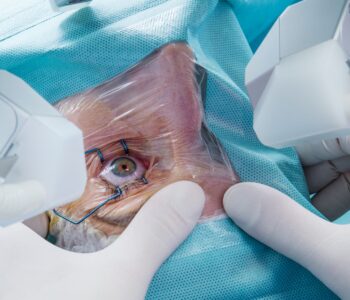 Cataracts Surgery
Cataracts Surgery
Types of cataracts surgery
The majority of current cataracts procedures include implanting an intraocular lens in place of your natural lens (IOL). The following are some of the most popular cataracts surgery methods:
Phacoemulsification
A 2- to 3-millimeter-long incision will be made in the front of your eye by the surgeon during phacoemulsification to accommodate an ultrasonic probe. The probe uses vibration to dislodge the Types of cataracts surgery, then suction to remove the pieces. The incision is then used to install a foldable lens.
This procedure leaves a little incision behind, which often heals without stitches.
See also: Use this effective 8-step guide to prepare for your cataracts surgery
Extracapsular cataracts surgery performed manually (MECS)
In order to remove your lens and attach the new IOL, a surgeon must create a somewhat big incision during MECS that is between 9 and 13 millimeters long.
Due to the bigger incision, this procedure has a greater risk of complications than phacoemulsification. However, it is still carried out in many places of the globe because to the cheap cost.
Manual cataracts surgery with a tiny incision (MSICS)
A variant of the MECS method is MSICS. It entails making a smaller V-shaped incision that is broader on the inside and thinner on the exterior of your eye. The internal incision may be up to 11 mm long and the external incision is around 6.5 to 7 mm long.
Phacoemulsification and MSICS had equivalent long-term results and complication concerns, according to a 2013 study Trusted Source. Though MSIC is less expensive to execute, phacoemulsification could have superior short-term benefits in the first three months after surgery. Click here to get more about small incision cataract surgery society launching.

Femtosecond laser (FLACS)
A laser may be used during FLACS in place of a manual incision to create an opening in your eye. Additionally, by splitting and softening the cataracts with the laser, less phacoemulsification energy is needed to remove it. This could hasten the healing process.
Finally, an arcuate incision created by the laser may be used to treat astigmatism. Vision is often hazy as a result of astigmatism, which is an uneven shape in the front of the eye. The likelihood that you can operate without glasses may increase as a result. This method is more costly than other methods, however. Whether the marginal advantages exceed the costs is still up for dispute. Learn more about femtosecond laser cataract surgery.
Intracapsular cataracts surgery
In an earlier approach known as intracapsular cataracts surgery, the whole lens and lens capsule are removed from the eye via a significant incision. Due to the significant risk of complications, it is currently very sometimes practiced.
Cataract surgery after lens choices
As a substitute for your natural lens, you have a variety of choices. Depending on your lifestyle and pricing range, you should choose a certain kind of lens.
Single-focus lenses
The most popular kind of lens replacement is for monofocal lenses, which are often covered by insurance. Insurance companies could classify additional lenses as a premium and refuse to pay for them.
Your eyesight is optimized with monofocal lenses at a certain distance. They are often set for distant vision, while readers are used for close-up vision.
A toric lens
Astigmatism may be cured using toric lenses.
Depth-of-focus lenses
Extended depth-of-focus lenses expand one correction zone to improve your intermediate and distant vision. This is beneficial while utilizing a computer and doing a variety of tasks.
Monofocal lenses
Contrary to conventional monofocal lenses, accommodating monofocal lenses allow you to change the focal distance depending on the activity of your eye muscles.
Several focus points
By dividing the light that enters the eye, these lenses enable you to view things both close and distant. The trade-off is that some persons may see starbursts and haloes because of the light splitting. Most individuals can adjust, but other people can’t. You may want to talk to your doctor about this.
Getting ready for cataracts surgery
About a week before to your treatment, an eye doctor will likely do an ultrasound and obtain measurements. This will enable them to assess the size and form of your eye and choose the optimal surgical approach.
They’ll also inquire whether you use any prescription drugs. You can be given prescription eye drops to start taking prior to the procedure.
You won’t need to spend the night since cataracts surgery is often performed at a hospital or outpatient surgical facility. However, after the surgery is through, you’ll need to organize a ride home.
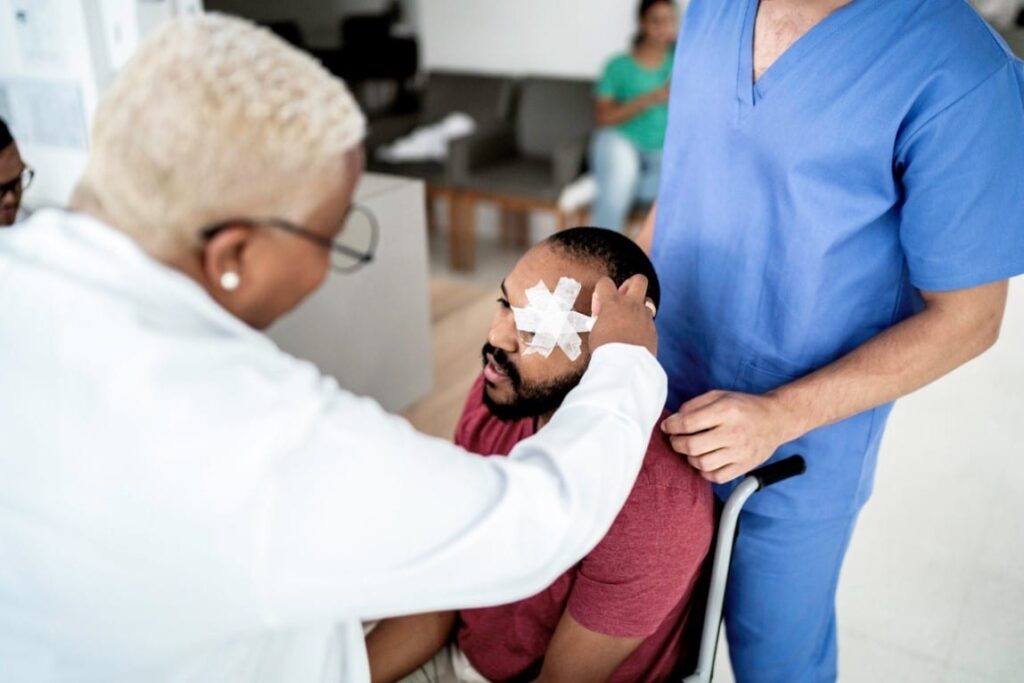
You could be instructed by your doctor to skip solid meals six hours before to surgery. Additionally, you should abstain from alcohol for at least 24 hours prior.
What to anticipate from the widely used phacoemulsification technique:
- A local anesthetic will be used to numb your eye, either by an injection or eye drops. Although you won’t be able to see what the surgeon is doing, you will be awake during the procedure. You could get a sedative sometimes to help you unwind.
- As they create a tiny incision in the front of your eye, your surgeon will use a microscope to examine the area. The cataracts will next be removed by breaking up your lens with an ultrasonic probe that is inserted into the incision. The probe will use suction to extract the fragments.
- A foldable lens implant will be positioned where your original lens was by being introduced via the incision. Typically, this method does not call for sutures.
- After your procedure, you’ll recuperate for roughly 30 minutes before leaving for home.
How long will cataracts surgery take?
Usually, cataracts surgery is completed quite quickly. The actual operation takes about 20 to 30 minutes to complete.
Does cataracts surgery hurt?
You’ll likely be awake throughout the process, but since you’ll be given local anaesthetic, it’s usually not uncomfortable. Although some discomfort is possible, severe pain is seldom felt.
Aftercare for cataracts surgery
It usually takes the first few days for you to see a noticeable improvement, but it sometimes takes up to a month for you to recover completely. You could get specific eye drops from your doctor to treat discomfort and stop infections. Additionally, you could be told to sleep with a protective mask on.
Sunglasses should be worn outside while you’re healing to shield your eyes from the sun. Additionally, make an effort not to touch or put anything in your eyes.
After having cataracts surgery, can you drive?
After surgery, you won’t be allowed to drive, so you’ll need to make plans for a trip home. Several days following the procedure, you could be allowed to drive. To find out a timeframe that applies to you specifically, you should see your eye doctor.
How much time from work will you miss?
A few days following surgery, the majority of patients feel better, and if no issues arise, they may go back to work one to two days later. Though you may need to refrain from bending over or carrying heavy things for a few weeks.
Posture for sleeping after cataracts surgery
To minimize direct pressure that might dislodge your lens, it is normally advised that you attempt to sleep on your back or the side of your healing eye.
When after cataracts surgery is it safe to exercise?
You should refrain from physically demanding tasks right after surgery. You may get a particular timeline from your doctor for how long you should refrain from exercising. They’ll probably advise abstaining from physically demanding activities for at least a week.
Additional limitations after cataracts surgery
Avoiding things like getting water or soap in your eyes, touching your eyes, swimming, wearing mascara for a week or two, using face cream or lotion, coloring or perming your hair for one to two weeks, using hot tubs and saunas, dusting, and gardening are additional recommendations to protect your eyes after surgery.
